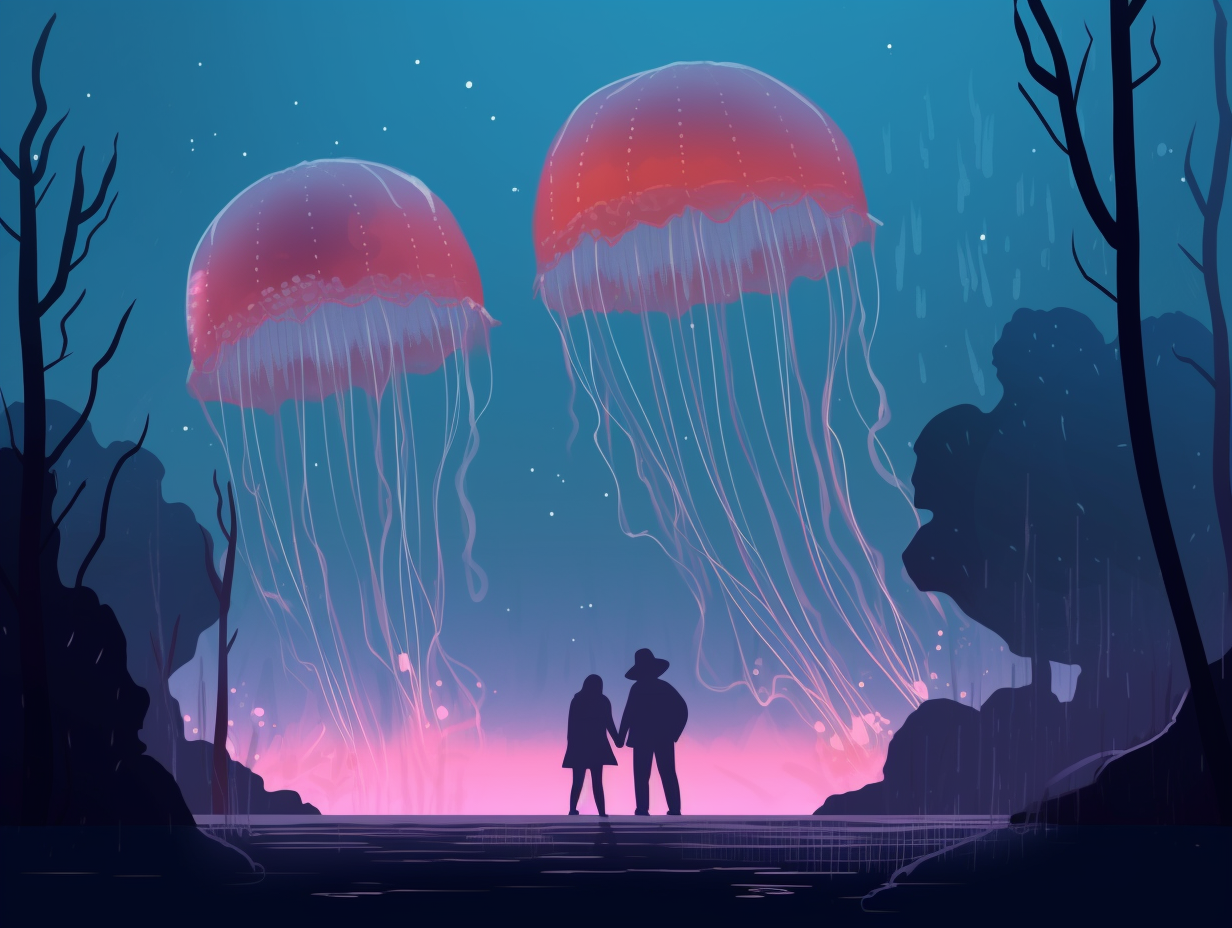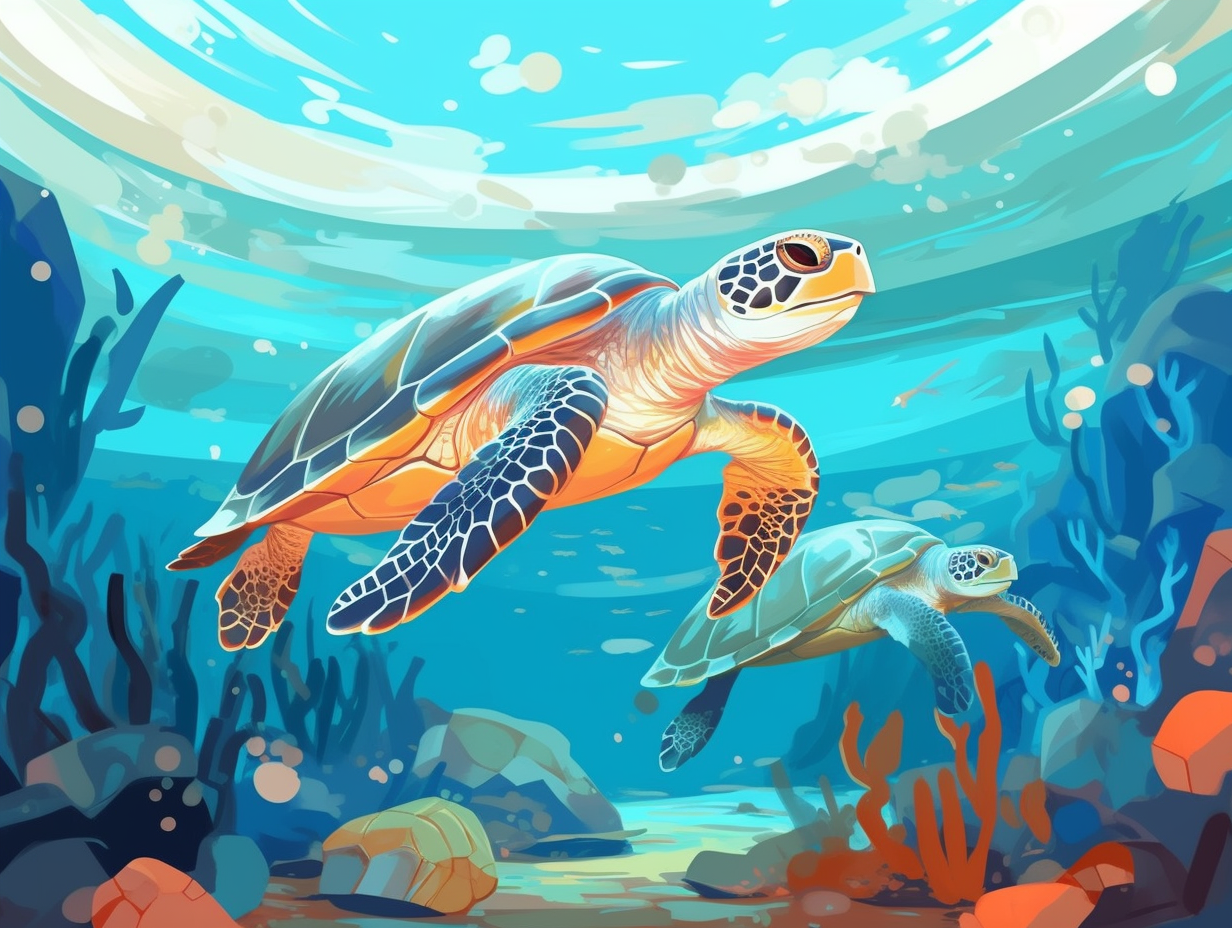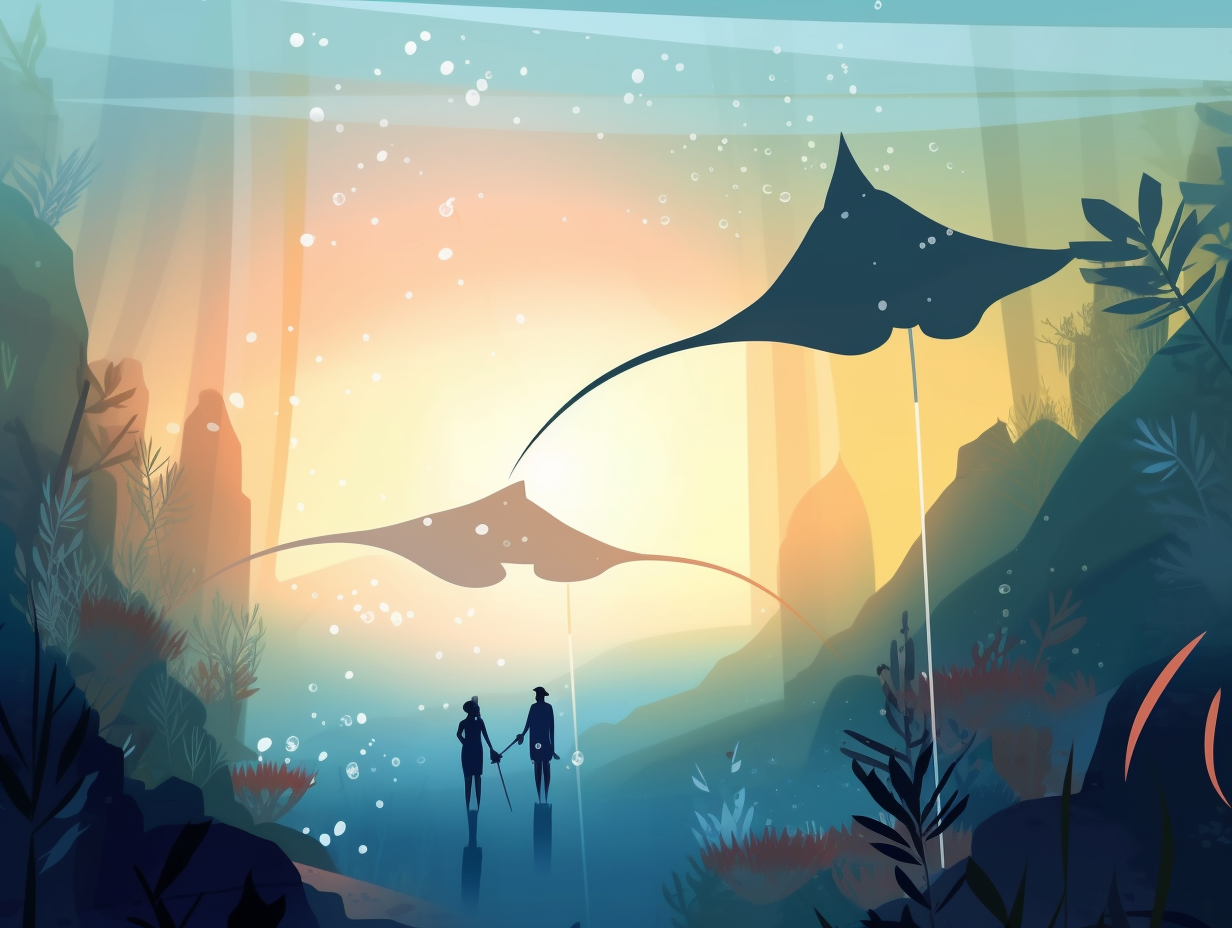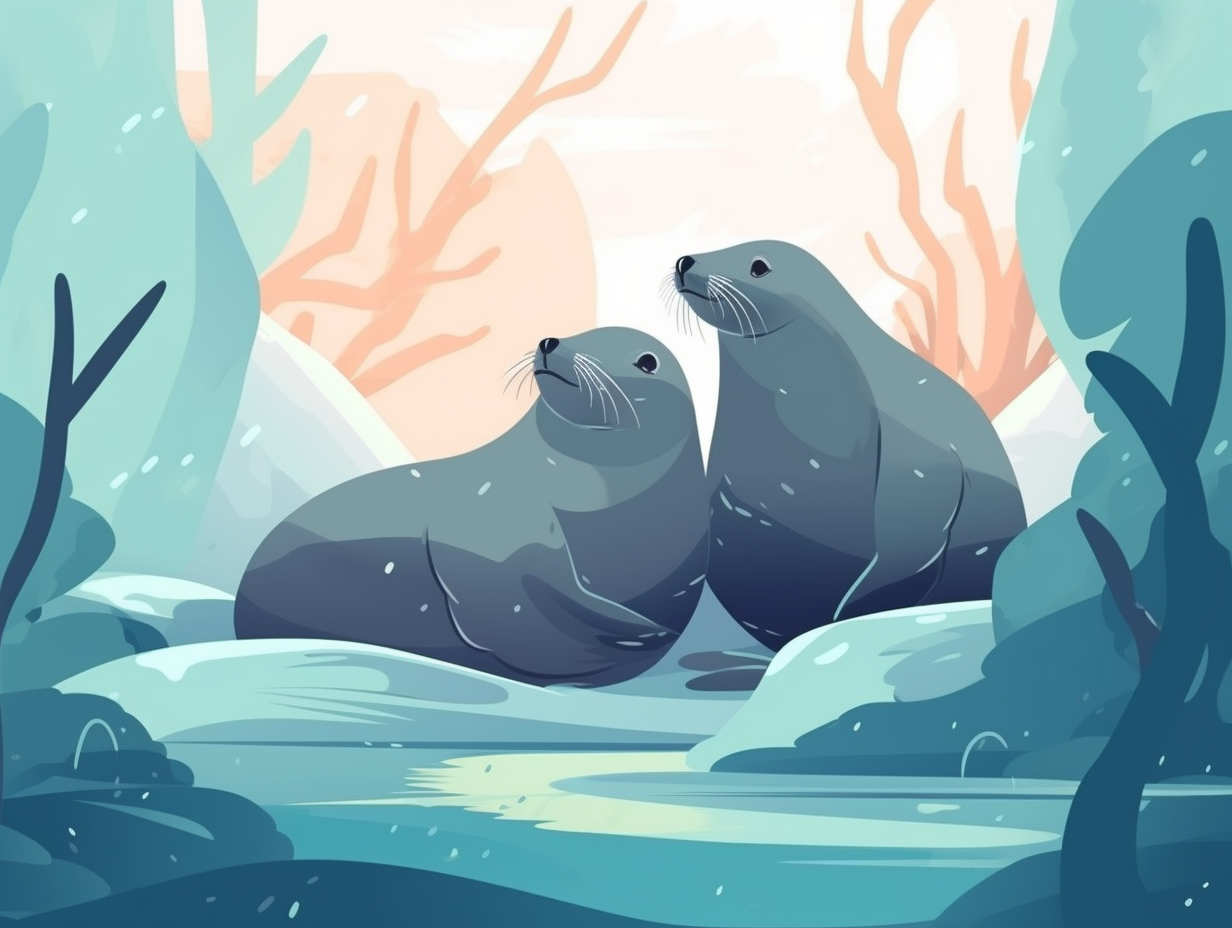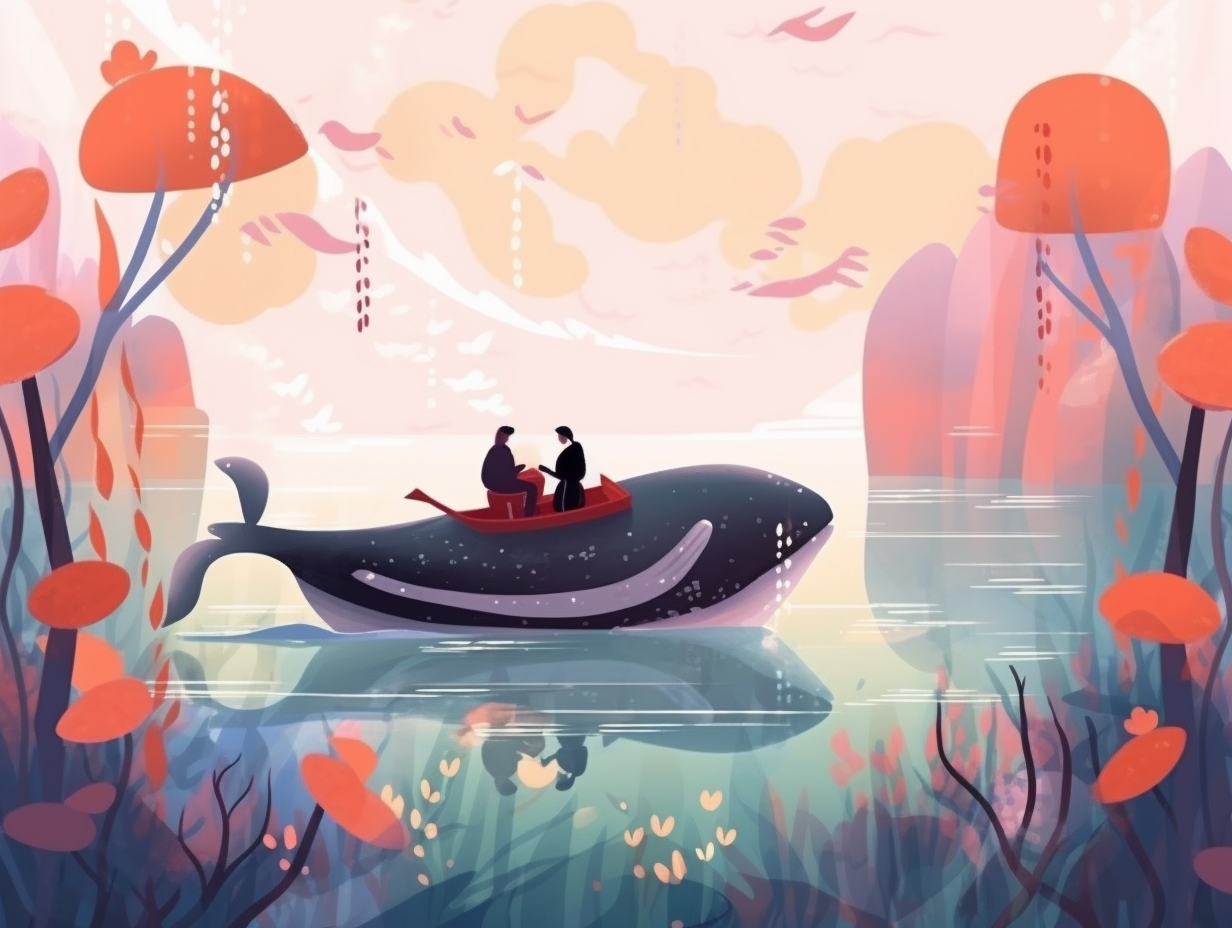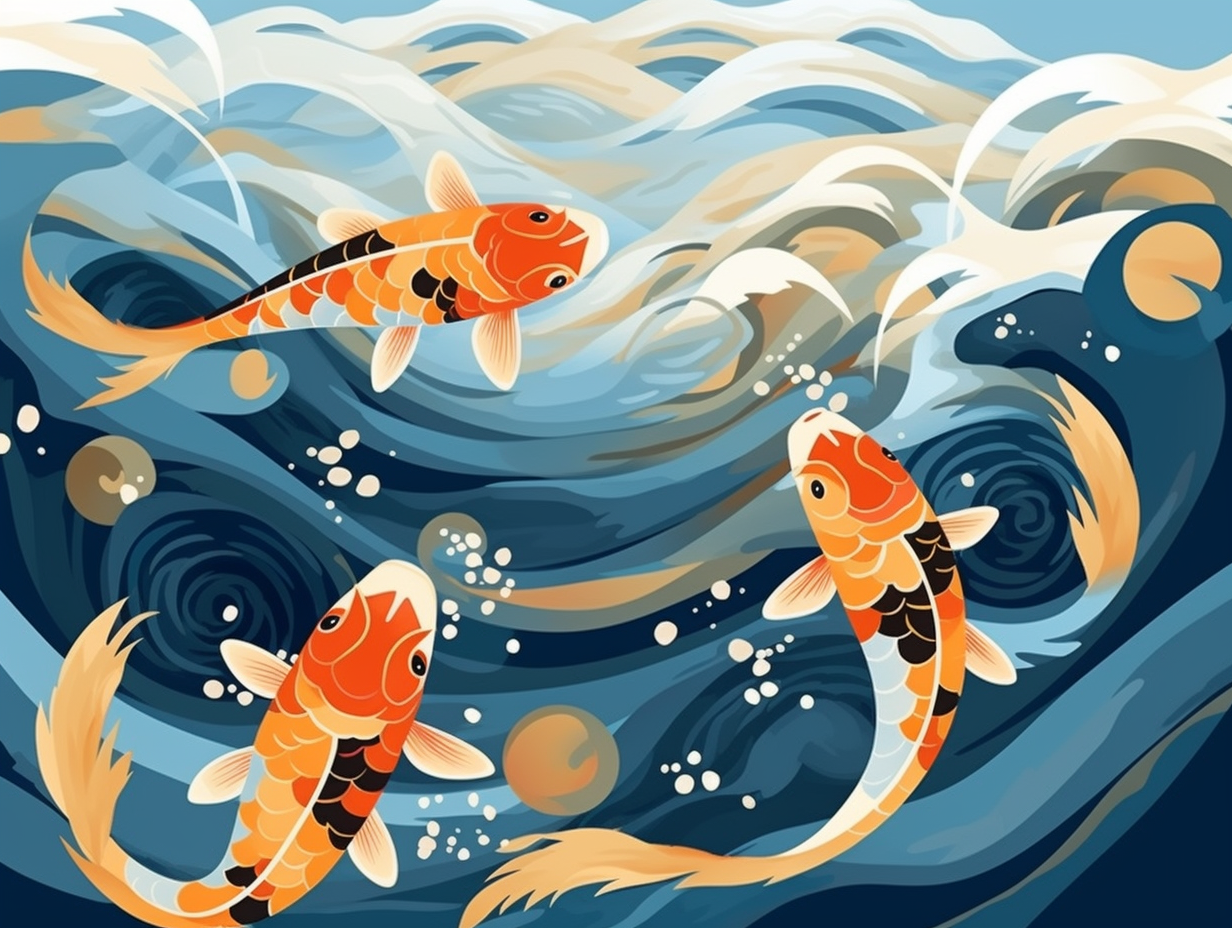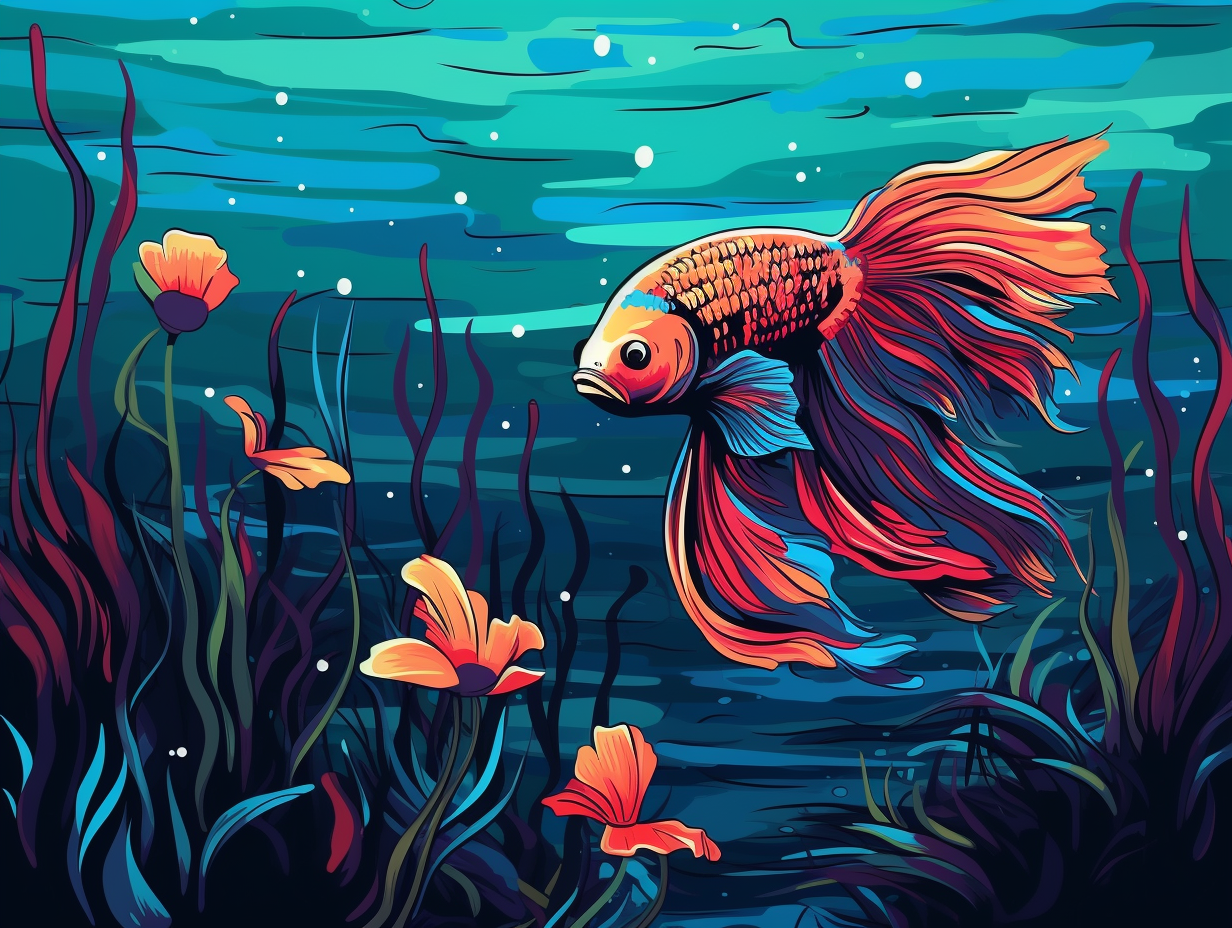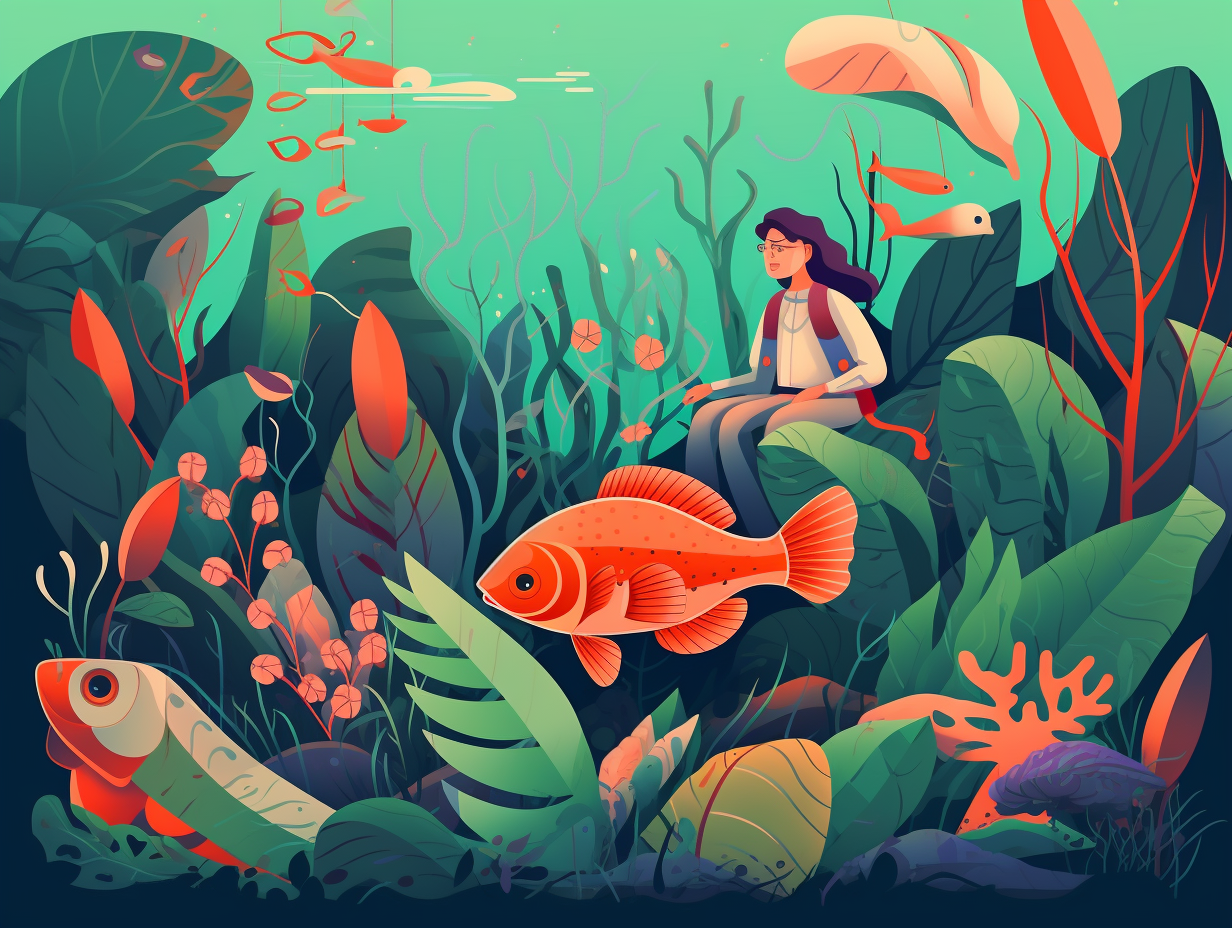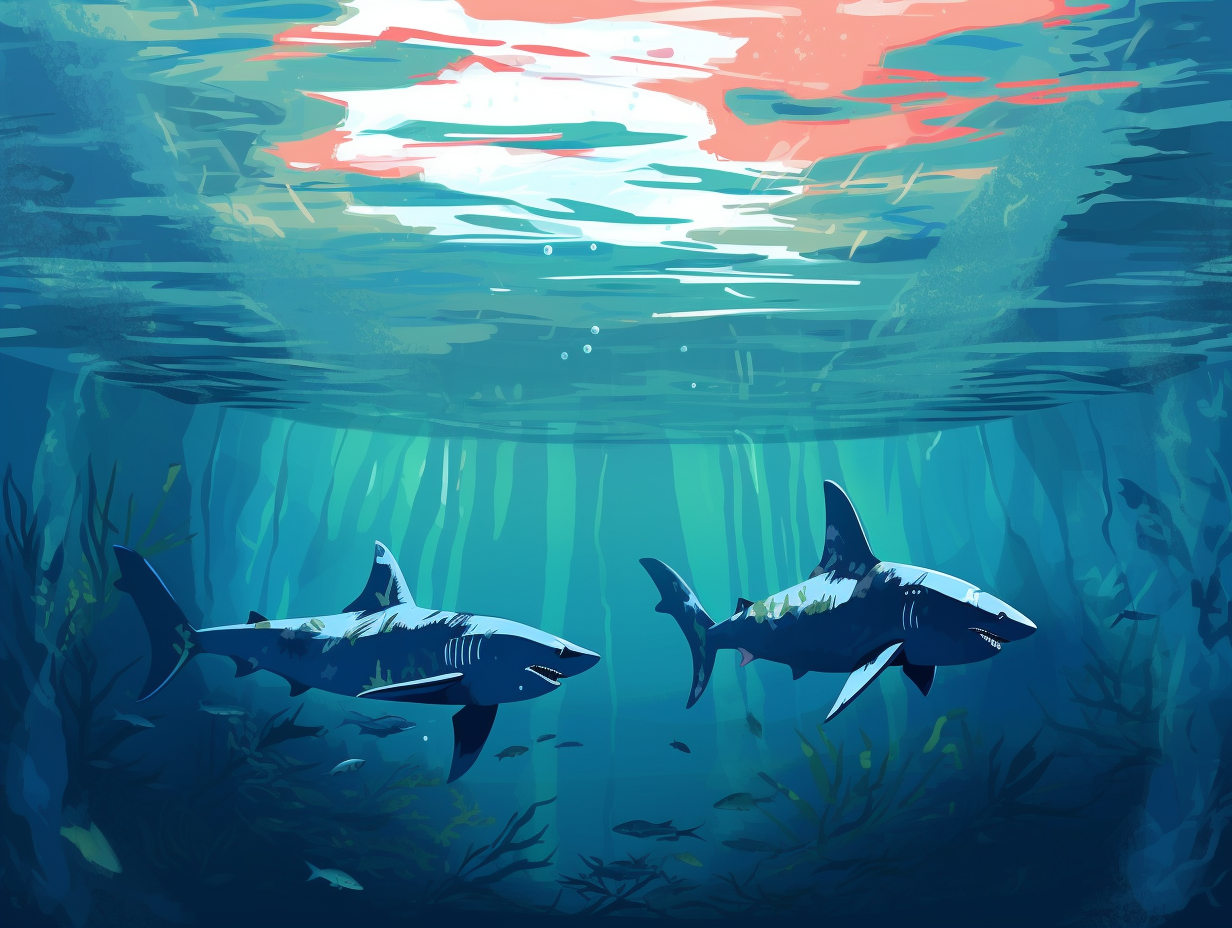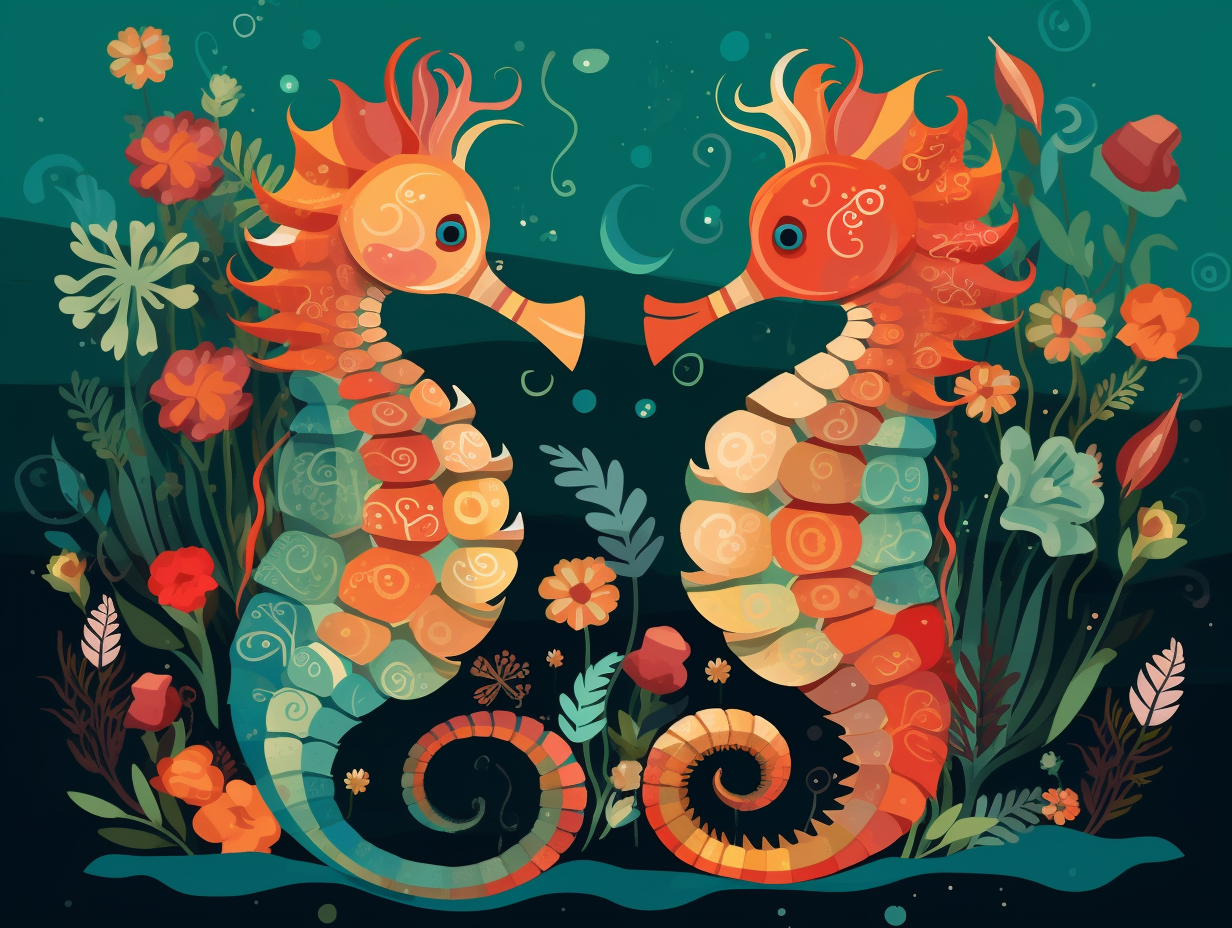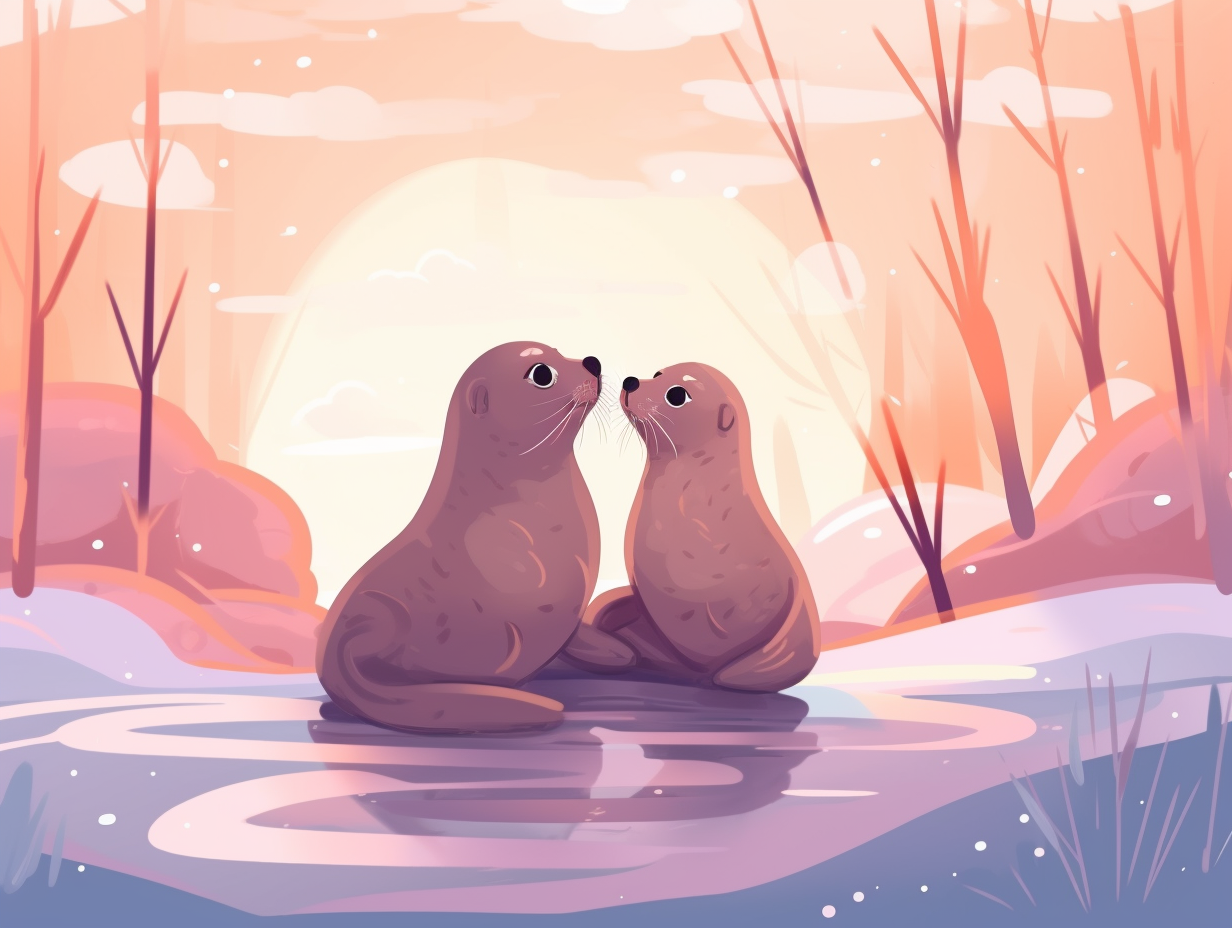Cracking the Shell: Top 10 Unbelievable and Fun Lobster Facts You Need to Know!

1. Lobster Cousins: Scorpions & Spiders
When life gave lobsters lemons, they didn't make lemonade, they joined a different squad entirely: Lobsters are part of the sub-phylum Crustacea, while their stingy cousins, scorpions, joined the sub-phylum Chelicerata, snuggling up closer to spiders and ticks.
Source => nayturr.com
2. Wolverine-like Limb Regeneration
Lobsters: Crunchy on the outside, Wolverine on the inside! Regenerating limbs might seem like a superhero ability, but these real-life "Marvel"-ous crustaceans have perfected the art: It takes about five years for a one-pound lobster to fully regrow a claw of the same size, showcasing their incredible talent for appendage restoration.
Source => time.com

Did you know that crabs are masters of undressing and redressing? Discover their intricate four-stage molting cycle and how it's essential for their growth and survival! 🦀✨
=> Fun Facts about Crabs
3. Ageless Ocean Con-Artists
In an oceanic game of "You Can't Guess My Age," lobsters take the crown as the crustacean con-artists of the deep: With lifespans reaching up to 100 years, they continue to grow throughout their lives with older American lobsters weighing up to 25 lbs, and a recent discovery unveils that their stomach teeth hold the secret to determining their age.
Source => livescience.com
4. The Science Behind Lobster Blushing
Lobsters, those blushing brides of the ocean, have a colorful secret that might just make you red with envy: these blue-black party animals actually owe their signature cooked crimson hue to a steamy tango between proteins crustacyanin and astaxanthin – it's not the heat, it's the chemistry!
Source => manchester.ac.uk
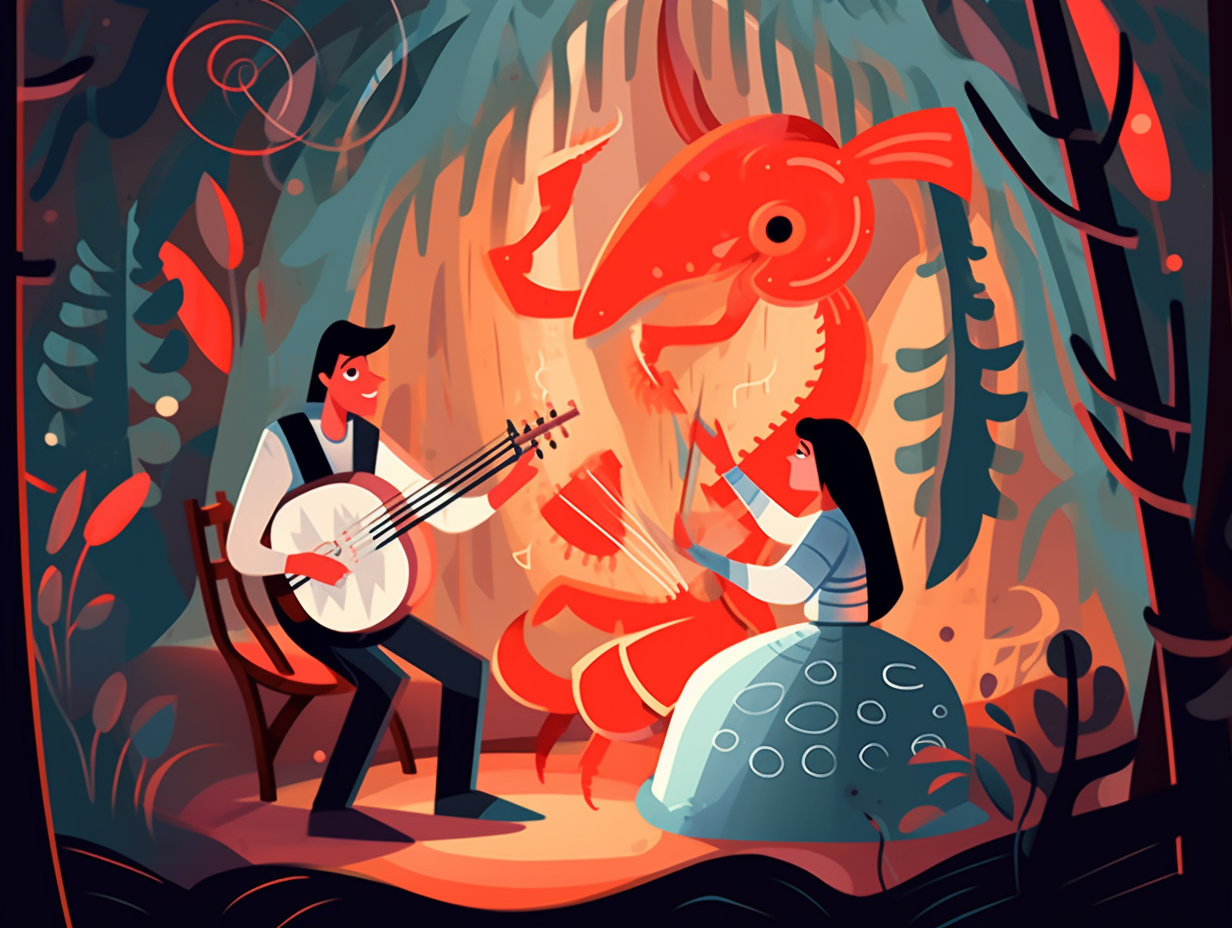
5. Lobster-inspired Bomb detection
If Pinocchio was a lobster, he'd be a bomb-sniffing superhero: Turns out, lobsters have such incredible smelling abilities that the US Navy has been inspired to create underwater robots using their scent detection techniques to locate underwater mines and toxic waste.
Source => sciencenotes.ucsc.edu
6. A Blue Rarity Struts the Red Carpet
Feeling blue isn't always a bad thing, especially if you're a rare lobster making waves in the fashion industry with your electrifying hue: Lobsters can come in a variety of colors, but only one in two million boast a brilliant blue shade due to a genetic abnormality causing an overproduction of a certain protein, with yellow and two-toned colored lobsters boasting even rarer odds of one in 30 million and one in 50 million, respectively.
Source => allthatsinteresting.com
7. Female Lobsters: Scent-sational Dancers
Lobsters, masters of mixology: While male lobsters are known for their antennules that act as built-in sniff detectors for female pheromones, it's actually the female lobsters that take center stage in underwater romance. Their olfactory chemoreception is crucial for a successful love connection, and without their antennules, the courtship can turn into a chaotic, injury-prone dance of doom.
Source => pubmed.ncbi.nlm.nih.gov
8. Overcoming a Cramped Brunch Jacket
Lobsters, the knights in crustaceous armor, battle a lifelong struggle of outgrowing their exoskeleton brunch jackets: They molt multiple times, with molt cycles divided into four periods, and the shedding frequency depends on factors like size, temperature, and habitat, while their growth increment varies based on sex and location.
Source => academic.oup.com
9. The Twelve-Hearted Casanovas
Step aside, Hallmark – lobsters may just hold the secret to the proverbial "heart of cards": These crustacean Casanovas boast not one, not two, but twelve hearts overall! Their setup includes two large primary hearts and ten tinier pulsating partners, working in tandem to circulate blood to all their legs, gills, and other nooks and crannies.
Source => newengland.com
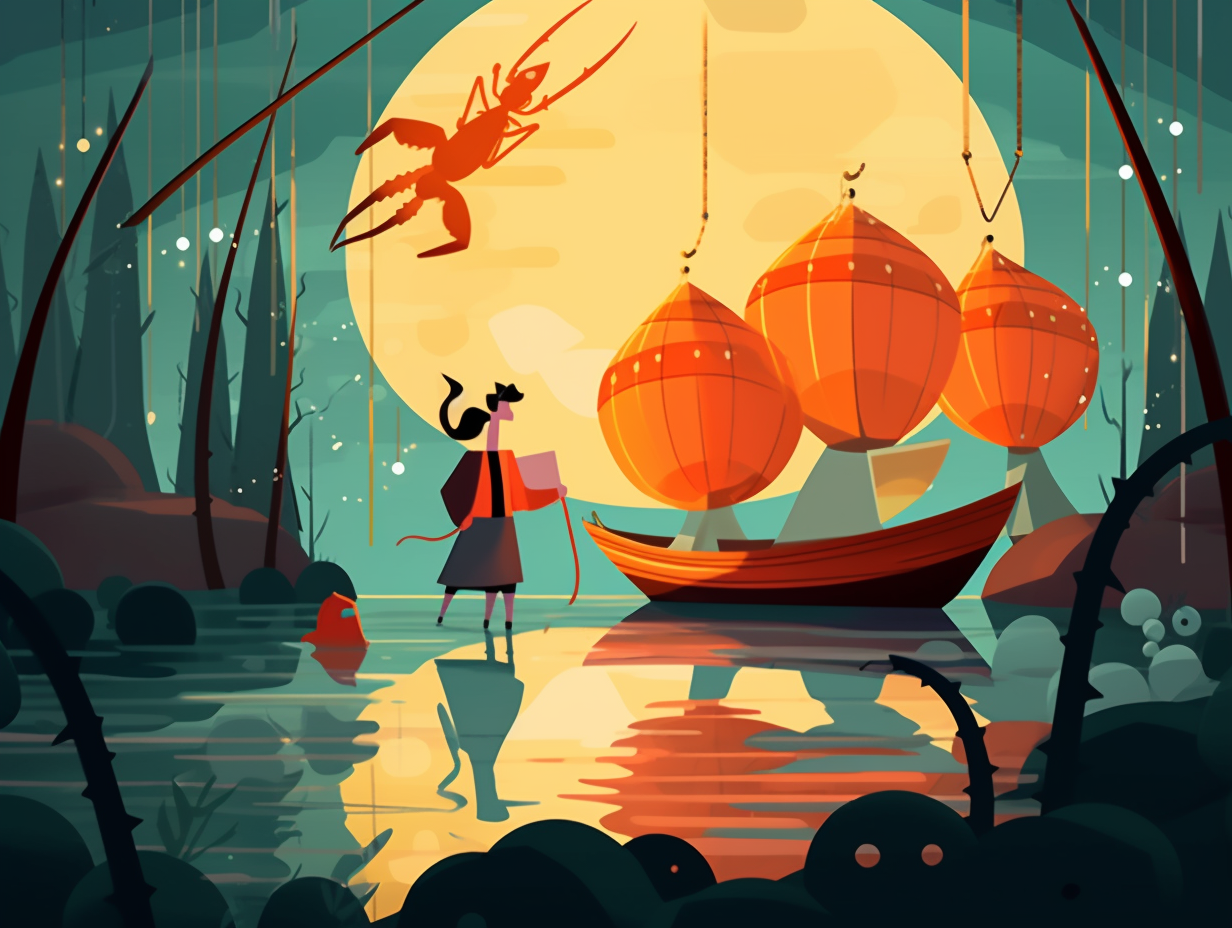
10. Fighting the Pitted Shell Epidemic
In the nautical boudoir of our ocean-dwelling crustaceans, everyone's feeling a little clammy about the latest shell-shock-er trend: unsightly lesions! The seafaring fashion police holler "Ew, what's with the pitted shells?": Alas, it's shell disease, a bacterial infection invading the lobster community, causing pits and lesions on their carapaces. Fear not, human sympathizers, as scientists have been concocting a cure for our pinchy pals in laboratory settings, though green spots remain fashionably questionable.
Source => andersoncabotcenterforoceanlife.org
Related Fun Facts


